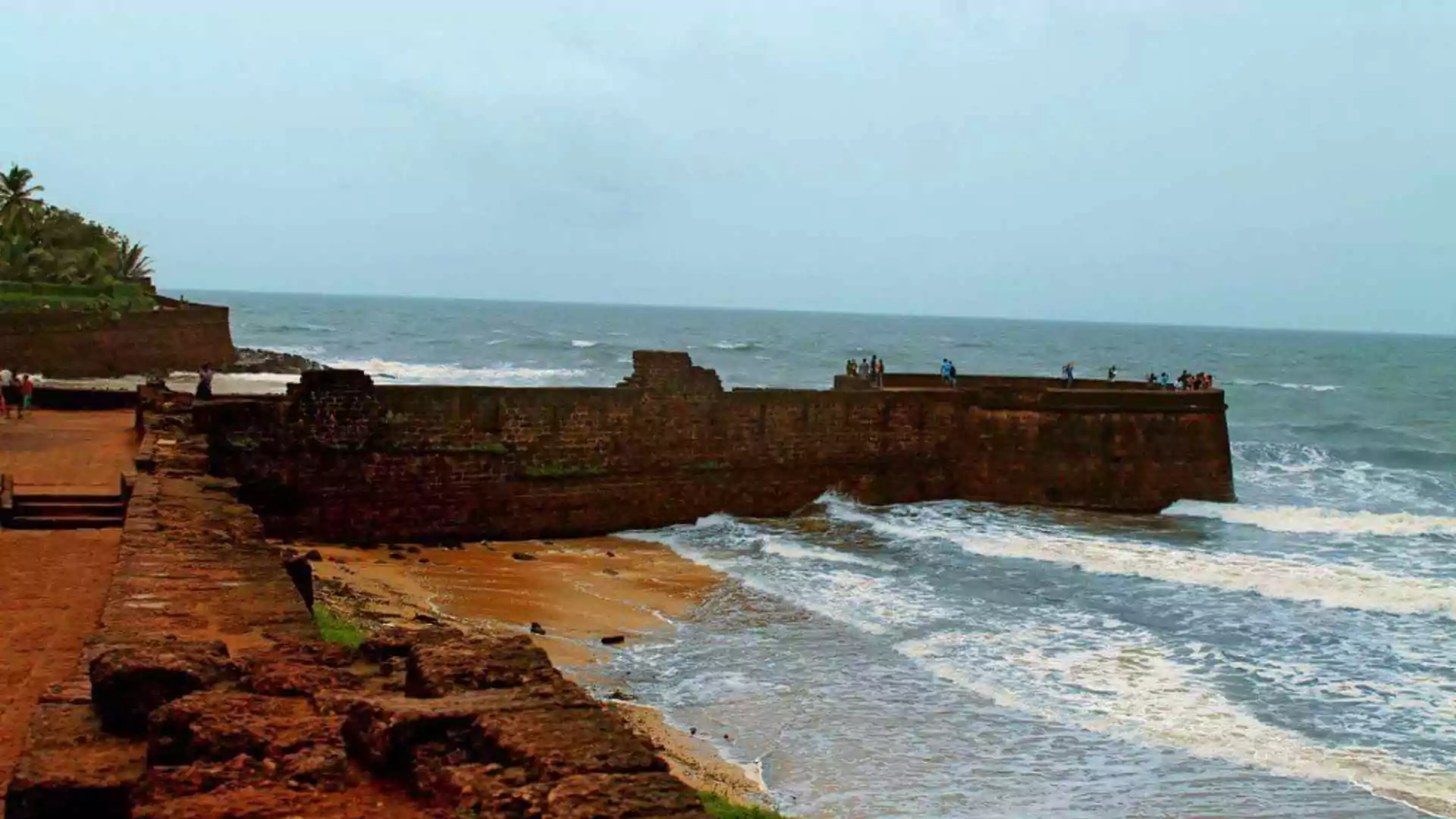In the last week of October 1947, Srinagar faced a critical threat from Pashtun tribal invaders, yet it was saved through the courageous efforts of a small contingent of Jammu and Kashmir state forces and Indian Army soldiers. Despite being poorly equipped and limited to defensive tactics, these forces were bolstered by decisive action from Sardar Vallabhbhai Patel, a key figure in India’s unification.
Known as the “Iron Man of India,” Patel played a crucial role in securing the accession of almost all princely states to India. His contributions to the defense of Jammu and Kashmir during the turbulent early days of conflict deserve particular attention, especially on his 149th birth anniversary, October 31.
As tribal forces, backed by the Pakistani government and army, entered Jammu and Kashmir on October 22, they anticipated a swift advance toward Srinagar, capitalizing on their superior positioning and the vulnerabilities of state forces. However, Brigadier Rajinder Singh, the Chief of Staff of J&K forces, took immediate action by destroying the bridge at Uri and engaging in a series of delaying tactics along the Jhelum Valley Road for three days starting October 23. Tragically, he made the ultimate sacrifice on October 26—the same day Maharaja Hari Singh signed the Instrument of Accession to India.
The following day, Indian troops, specifically the 1 Sikh battalion under Lt. Col. Ranjit Rai, arrived at Budgam. They not only secured the airstrip but also moved toward Baramulla, engaging the enemy in combat. Despite losing their commanding officer and eventually retreating, they regrouped and mounted a defense at Pattan, successfully repelling numerous attacks and halting further advances toward Srinagar.
By November 1, the Indian force consisted of 1 Sikh, elements from 1 Kumaon, 4 Kumaon, 1 Punjab, a Mahar Regiment machine gun company, and some light artillery, supported by the 161 Brigade headquarters. Unfortunately, Brigadier J.C. Katoch, who was to lead these forces, was injured and replaced by Brigadier Lionel Protip “Bogey” Sen.
Brigadier Sen, who reached Srinagar on November 2, later shared insights into Patel’s leadership during this crisis. On November 4, after being briefed on the situation by Sen, Patel appeared to doze off during the meeting. When Sen asked if his mission was to drive the tribesmen out of the Valley regardless of Srinagar’s fate or to prioritize saving the town, he noted the urgency of the moment.
This episode in October 1947 illustrates the bravery and strategic decision-making that ultimately protected Srinagar and laid the groundwork for the integration of Jammu and Kashmir into India.





















